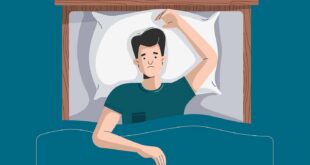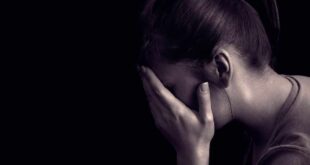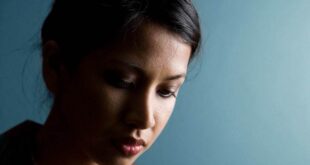What are the different forms of depression?
Depression. There are several forms of depressive disorders. The most common are major depressive disorder and dysthymic disorder.
Major depressive disorder, also called major depression, is characterized by a combination of symptoms that interfere with a person’s ability to work, sleep, study, eat, and enjoy once-pleasurable activities.
Major depression is disabling and prevents a person from functioning normally.
An episode of major depression may occur only once in a person’s lifetime, but more often, it recurs throughout a person’s life.
Dysthymic disorder, also called dysthymia, is characterized by long-term (two years or longer) but less severe symptoms that may not disable a person but can prevent one from functioning normally or feeling well.
People with dysthymia may also experience one or more episodes of major depression during their lifetimes.
Some forms of depressive disorder exhibit slightly different characteristics than those described above, or they may develop under unique circumstances.
However, not all scientists agree on how to characterize and define these forms of depression.
They include: Psychotic depression, which occurs when a severe depressive illness is accompanied by some form of psychosis, such as a break with reality, hallucinations, and delusions.
Postpartum depression, which is diagnosed if a new mother develops a major depressive episode within one month after delivery.
It is estimated that 10 to 15 percent of women experience postpartum depression after giving birth.
Seasonal affective disorder (SAD), which is characterized by the onset of a depressive illness during the winter months, when there is less natural sunlight.
The depression generally lifts during spring and summer. SAD may be effectively treated with light therapy, but nearly half of those with SAD do not respond to light therapy alone.
Antidepressant medication and psychotherapy can reduce SAD symptoms, either alone or in combination with light therapy.
 Therapy for anxiety Therapy for anxiety
Therapy for anxiety Therapy for anxiety



